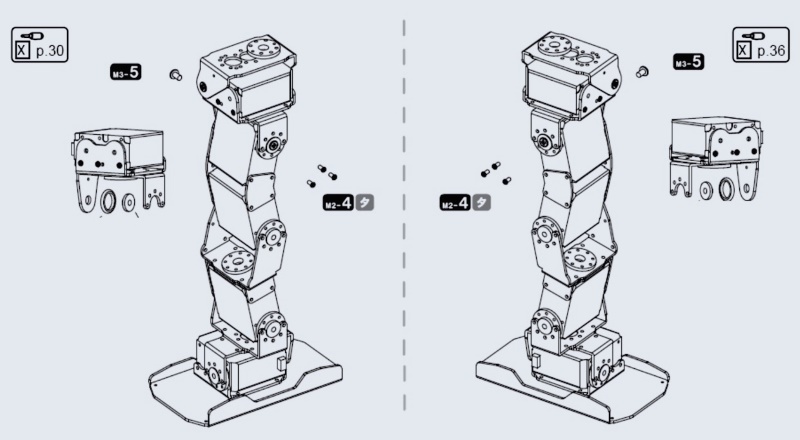
individuals who gather their robots themselves like their advent better and get a greater positive belief of it, researchers together with one in every of Indian-starting place have found.
there is one of these component because the “IKEA effect,” because of this “whilst individualsassemble products themselves, they have a tendency to overvalue their (regularly mediocre) creations,” researchers stated.
The “IKEA effect” highlights the importance of “self-business enterprise“: when you make some thingyourself, the paintings it takes to make that aspect offers you a richer experience of initiative andpossession, they said.
The end result is you get a more wonderful perception of your advent (even supposing it’s milesproduct of particle board). Now, S Shyam Sundar and Yuan sun from Pennsylvania nation college in the USdesired to find out if the equal issue applies to robots.
They stated that previous studies in human-pc interplay have validated that the “self-employer” effect ispresent in things as basic as customising the interface of a software application, ensuing in greaterwonderful attitudes toward the generation, a heightened feel of control and identification, more personengagement, and product attachment.
The IKEA impact is a cognitive bias wherein customers vicinity a disproportionately excessive price onproducts they partially created.
The name is derived from the Swedish manufacturer and furnishings retailer IKEA, which sells manyfurnishings products that require assembly.
Researchers recruited 80 undergraduates to participate in a robot meeting examine. The goal changed into figuring out how their belief of the robotic modified depending on what they were toldapproximately the robot earlier, and what kind of they participated within the meeting of the robot.
One institution of undergraduates have been given a robot (a Kumotek KT-X Gladiator humanoid) that theyneeded to equip with a battery, plug into a computer, and run thru a easy software setup procedure,while the other organization watched an experimenter undergo the same steps.
After setup, both companies were given to interact with the robotic for 5 to 10 minutes. Afterwards, all of the undergraduates stuffed out a survey complete of questions about experience of possession,experience of achievement, and how they felt approximately the setup manner.
The effects of the take a look at tested that robot customers keep higher sense of self-agency after theyset up a robot through themselves, which generated more effective opinions to the robot and theinterplay system, researchers said.
As with self-assembling furniture and self-designing merchandise, constructing a robotic additionallyappear to have generated a high quality “I designed it myself” impact, they stated.
“The take a look at indicates that even supposing you may promote your robot as absolutely assembled and equipped to move right out of the field, people will like your robot higher (and think that it’s far abetter robot) if you let them take part within the setup technique, and perhaps let them do some little bit of simple customisation,” researchers stated.
down load the gadgets 360 app for Android and iOS to live updated with the modern-day techinformation, product evaluations, and special offers at the famous mobiles.
Tags: IKEA impact, Robots, technology









